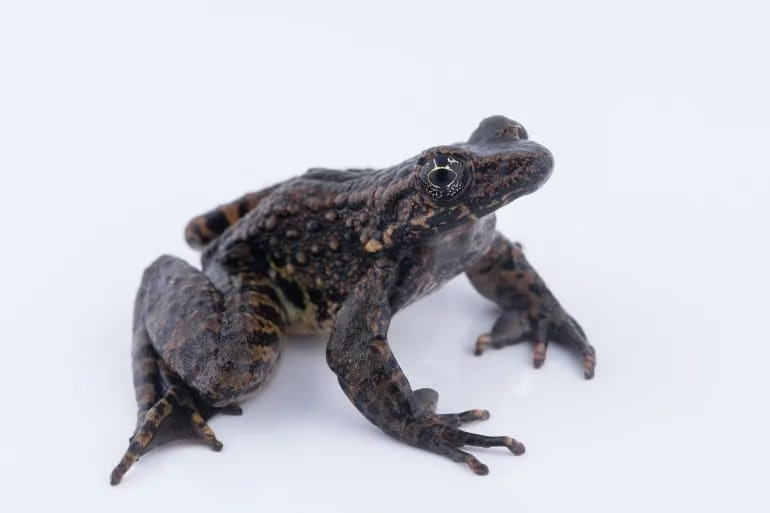A small frog is now making a big leap in the fight against antibiotic-resistant bacteria.
Fez – Imagine a creature that has never heard of a sick day. A creature so immune to disease that it thrives in the world’s dirtiest, most bacteria-ridden environments.
No, it’s not a superhero, it’s the Adorana frog (Adorana andersoni), and it’s making waves in the world of medicine as a potential cure for one of humanity’s most terrifying health challenges: antibiotic-resistant bacteria.
Dr. Cesar de la Fuente from the University of Pennsylvania and his team have stumbled upon something extraordinary; the skin of this Asian frog is naturally covered in antimicrobial peptides, proteins that act as built-in antibiotics.
These little frogs, found in Northeast India, Myanmar, Southwest China, Northern Thailand, and Vietnam, have been quietly protecting themselves from bacteria and fungi for ages. And now, it seems, their secret could save us all.
These frogs love hanging out on rocks and low branches near rivers and streams in shaded, humid environments.
In fact, they prefer the kind of surroundings where bacteria thrive, yet they somehow avoid illness. The secret sauce? Antimicrobial peptides that ooze out of their skin like a natural antibiotic.
The magic ingredient here is Andersonin D1, a peptide found in the Adorana frog. This tiny protein has some serious antibacterial chops.
It can wipe out bacteria like a pro. But here’s the catch: it’s so powerful that it can be toxic if it builds up in the body.
A medical breakthrough inspired by frogs
Rather than ditching this wonder peptide, Dr. de la Fuente’s team used a technique known as “structure-guided design” to give Andersonin D1 a makeover.
By tweaking its amino acids, they made the peptide even better at killing bacteria, all while cutting down on its toxicity.
So, what’s the big deal? Well, these newly modified peptides are not just effective against some of the nastiest antibiotic-resistant bacteria out there.
They perform like the big guns of antibiotics, such as Polymyxin B, but with way less toxicity.
And here’s the kicker: They only target the harmful bacteria, leaving your beneficial gut bacteria untouched. No more wiping out your body’s good guys in the process!
In tests on mice, these modified peptides worked wonders, reducing infections significantly. This breakthrough means we could soon be looking at a whole new class of antibiotics, one that doesn’t just treat the problem but does so with minimal side effects.
Why does this matter? Because antibiotic resistance is one of the most pressing health challenges of our time.
Infections that were once easy to treat are now becoming life-threatening. The Adorana frog might just hold the key to a solution, offering a fresh hope in the fight against superbugs.
So, next time you’re feeling under the weather, you might just want to thank the frog that never catches a cold.
Read also: Deleting, Refreshing, Reinventing — Welcome to Your Next Chapter
















